Scoliosis causes the spine to curve to one side. The curvature can be in any part of the spine but usually affects the upper spine and lower back.
It is most often diagnosed in childhood or early adolescence.
Scoliosis usually doesn’t cause pain.
Depending on the degree of curvature, a person may need to wear a brace which is the common treatment for scoliosis but in severe cases, surgery may be needed. This is where Sun-Tech Prosthetics & Orthotics Ltd comes in, to produce quality and durable braces that’s affordable as part of our contribution in making life easy for people with diasbility.
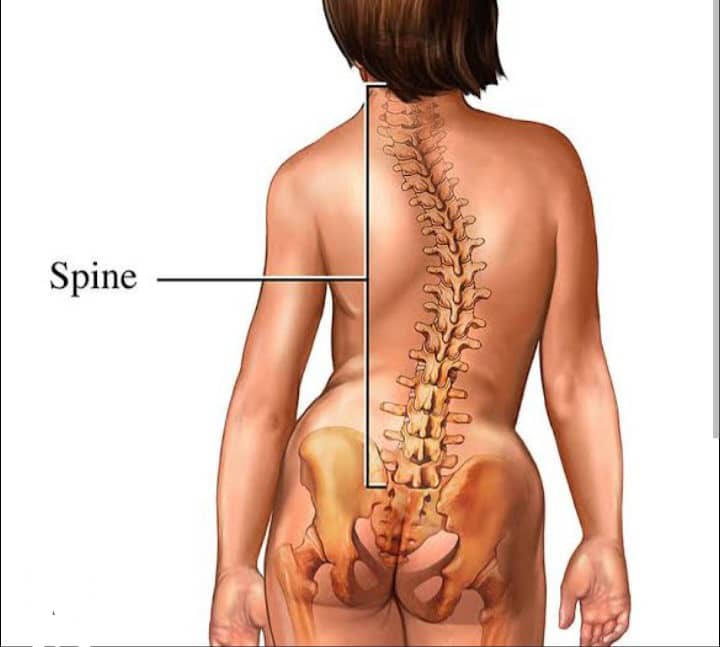
SYMPTOMS/SIGNS OF SCOLIOSIS
- A difference in shoulder height when viewed from the back.
- Head that is not centered with the rest of the body.
- A difference in hip height or position.
- When the head is not centred with the rest of the body.
- Difference in shoulder blade height or position.
- When standing, the difference in the way the arms hang beside the body.
- When bending forward, the sides of the back appear different in height.
- Prominence or asymmetry in the ribs is seen from the front or back.
The symptoms of scoliosis may resemble other spinal conditions, malformations or maybe an effect of an injury or disease.
Endeavour to consult your doctor for a diagnosis.
CAUSES OF SCOLIOSIS
- Congenital scoliosis; this means that the condition was present at birth. Scoliosis is rare at birth, but it can occur if the bones in the spine develop abnormally when the fetus is growing.
- Neuromuscular conditions; it means that the conditions affect the nerve and muscles which include cerebral palsy, poliomyelitis and muscular dystrophy.
- Unusual genes; researchers believe that at least one gene plays a role in the development of scoliosis.
- Length of the leg; if one leg is longer than the other, an individual may develop scoliosis.
- Syndronmic scoliosis; this can develop as part of a medical condition which includes, neurofibromatosis or marfan’s syndrome.
- Osteoporosis; due to bone degeneration, osteoporosis can cause secondary scoliosis.
- Poor posture, carrying backpacks or satchel, connective tissue disorders and some injuries can cause spinal curvature.
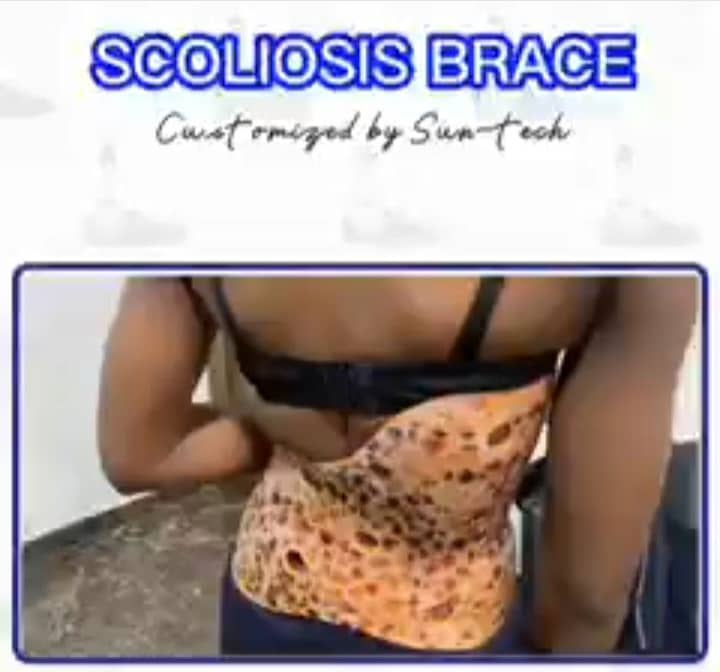
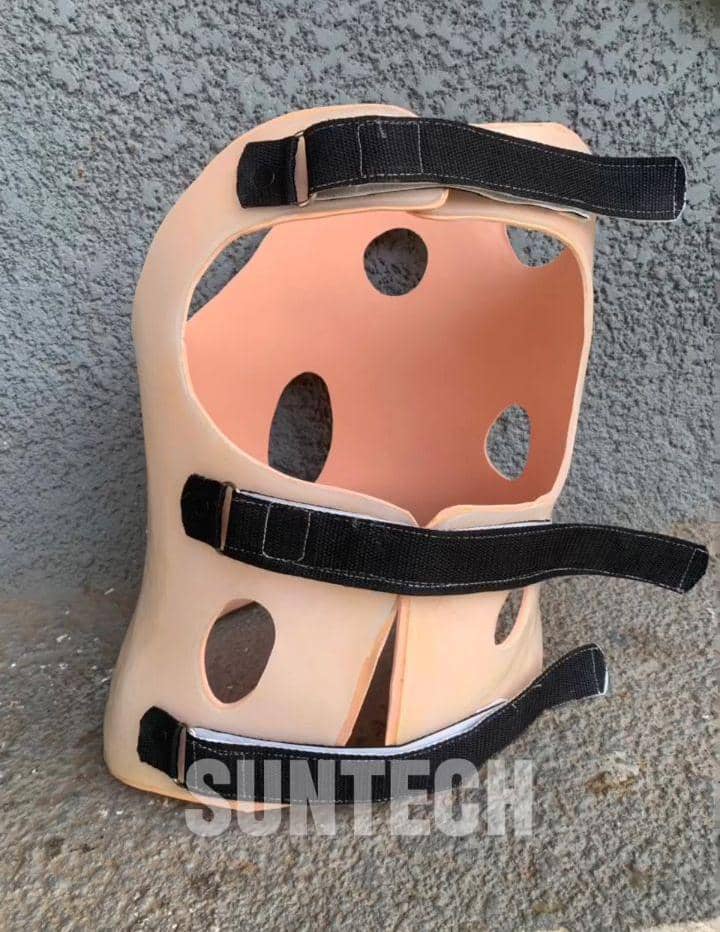
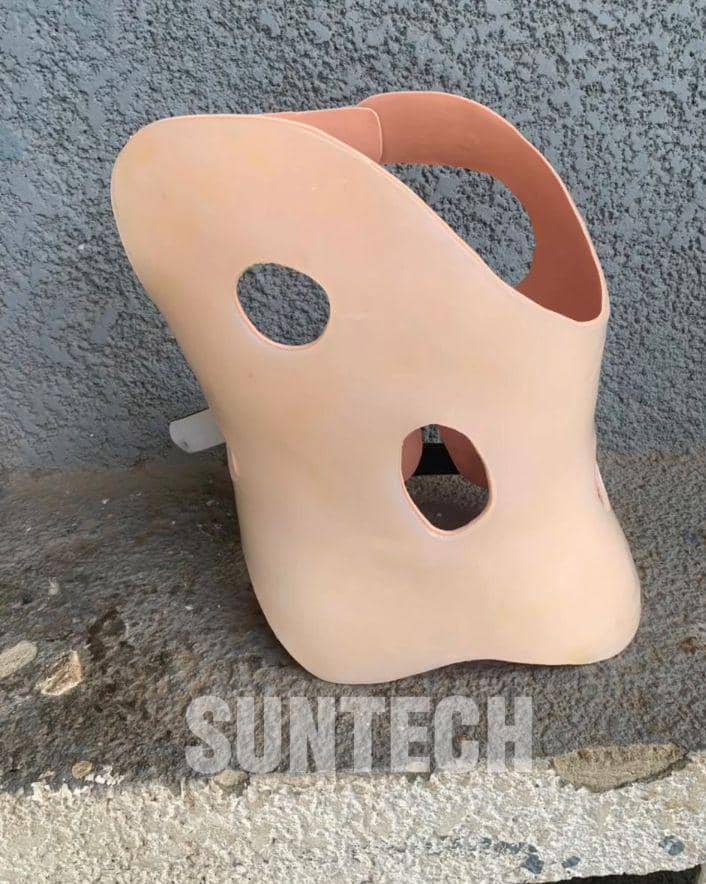
DIAGNOSIS
Early detection of scoliosis is most important for successful treatment.
Scoliosis is usually confirmed through a physical examination, an x-ray, spinal radiograph, CT scan or MRI.
